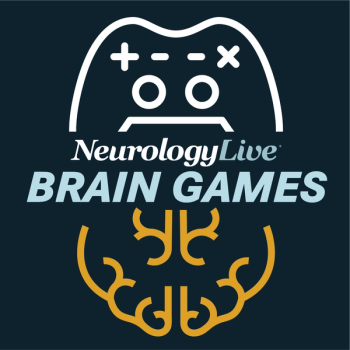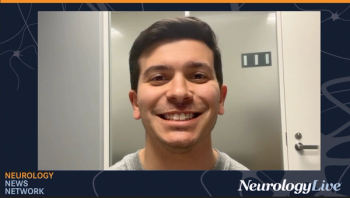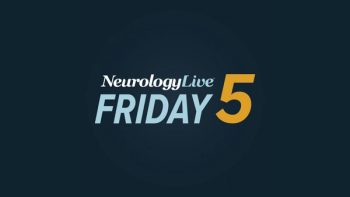
Expanding Myasthenia Gravis Treatment With Newly Approved Therapy Nipocalimab: Nicholas J. Silvestri, MD, FAAN
The professor of neurology at the University of Buffalo talked about the clinical promise of nipocalimab and its role in broadening treatment options for patients with myasthenia gravis, including adolescents. [WATCH TIME: 4 minutes]
WATCH TIME: 4 minutes
"We've had a really fantastic time in the field of myasthenia gravis (MG) for over the past 10 years, with multiple medications approved, and I was very happy that we have yet another medication that broadens our ability to treat patients with MG and hopefully allows us to get [the disease better under control in more patients]. "
Nipocalimab (Imaavy; Johnson & Johnson’s), an FcRn blocking therapy, was recently
Findings from the trial showed a 4.70-point improvement in Myasthenia Gravis-Activities of Daily Living (MG-ADL) score, the primary end point, for those on nipocalimab. In comparison, this was significantly more than the 3.25-point improvement from baseline observed in the placebo plus SOC group over weeks 22, 23, and 24 (P = .002). Additionally, those on nipocalimab plus SOC demonstrated a significant improvement in Quantitative Myasthenia Gravis (QMG) score, a secondary end point, over placebo through weeks 22 and 24 (P <.001). These data were also coupled with enhancements in strength and function of different muscle groups.2
Following the approval,
REFERENCES
1. Johnson & Johnson receives FDA approval for IMAAVY™ (nipocalimab-aahu), a new FcRn blocker offering long-lasting disease control in the broadest population of people living with generalized myasthenia gravis (gMG). News release. Johnson & Johnson. April 30, 2025. Accessed May 5, 2025. https://www.prnewswire.com/news-releases/johnson--johnson-receives-fda-approval-for-imaavy-nipocalimab-aahu-a-new-fcrn-blocker-offering-long-lasting-disease-control-in-the-broadest-population-of-people-living-with-generalized-myasthenia-gravis-gmg-302442650.html
2. Nipocalimab pivotal Phase 3 trial demonstrates longest sustained disease control in FcRn class. News Release. Published June 28, 2024. Accessed May 5, 2025. https://www.jnj.com/media-center/press-releases/nipocalimab-pivotal-phase-3-trial-demonstrates-longest-sustained-disease-control-in-fcrn-class
Newsletter
Keep your finger on the pulse of neurology—subscribe to NeurologyLive for expert interviews, new data, and breakthrough treatment updates.































